Neuropsychologist Andrea Cristina Alvarado Rodas explains in this article where Broca’s area and Wernicke’s area are and their function. She also explains the characteristics of Broca aphasia and Wernicke aphasia.
Language is the tool that human beings use to communicate. It also has a close relationship with thought and they usually work together, although they involve distinct abilities.
Language is represented in multiple areas of the brain and depends on the integrated work of multiple cortical and subcortical zones. Brain lesions that affect these regions can cause language impairments.
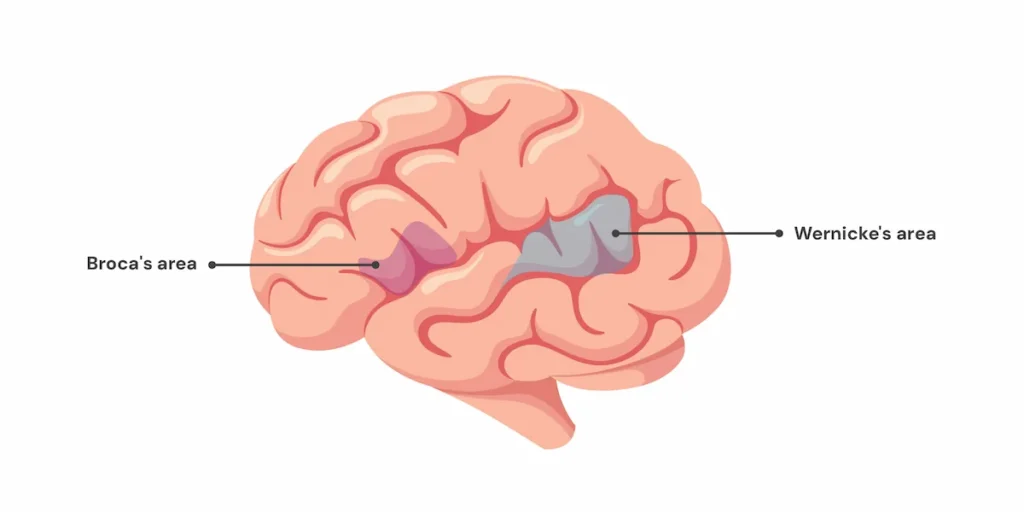
Anatomical foundations of language
In the mid-19th century the anatomical foundations of language were established, based mainly on the studies of Broca and Wernicke, who proposed that language is associated with the activity of three regions of the left hemisphere:
- Posterior region of the frontal lobe,
- superior segment of the temporal lobe,
- the insula.
At the beginning of the 20th century, Dejerine integrated the clinicoanatomical observations available at the time and proposed the existence of a “Language Area”, which includes:
- Broca’s area (third frontal gyrus),
- Wernicke’s area (the posterior segment of the first gyrus of the temporal lobe), and
- a “Written Language Center” (the angular gyrus).
It was not until the late 20th century that Dronkers indicated that the insula represents a critical brain region in the coordination of complex articulatory movements (speech praxis).
The proposal of the existence of a language area corresponding to the perisylvian region of the left hemisphere was received almost unanimously and was firmly integrated into the field of Neurology and Aphasology, being incorporated by authors such as Benson, Brain, Head, Nielsen, Luria, etc. within their models on the brain organization of language.
Broca’s area
Broca’s area: location. Where is Broca’s area?
It is located in the left cerebral hemisphere, at the base of the third frontal gyrus. According to the Brodmann map it corresponds to areas 44 (pars opercularis) and 45 (pars triangularis).
Function of Broca’s area
It is primarily involved in two functions:
- Verbal language production (morphosyntax) which corresponds to the expression and comprehension of syntactic structures, and plays a role in verb processing.
- In the planning and programming of the movements required for articulation.
Wernicke’s area
Wernicke’s area: location. Which lobe is Wernicke’s area in?
It is located in the posterior part of the first temporal gyrus of the left temporal lobe; according to Brodmann’s classification, it is mainly associated with areas 22 and 42 of the cerebral cortex. It has been suggested that the supramarginal and angular gyri would also be part of this area.
Function of Wernicke’s area
It is mainly associated with language comprehension and the processing of lexical selection. Therefore, it is the most important region in the whole brain for higher intellectual functions.
Aphasia
Aphasia is a language disorder produced by a brain injury that cannot be explained by sensory, motor, or mental disorder.
It occurs in an individual who had already acquired language and was using it normally before the brain injury. In this condition one can observe difficulties in both production and comprehension of speech.
Aphasia: treatment
It is important to note that there are different degrees of severity of aphasia, and symptoms can vary from person to person.
Treatment generally involves speech and language therapy, and recovery can vary depending on the extent of brain damage and the severity.
Broca’s aphasia
What is Broca’s aphasia?
It is a language disorder that results from damage to Broca’s area of the brain.
Characteristics of Broca’s aphasia
The main characteristics of Broca’s aphasia include:
- Nonfluent speech: People with Broca’s aphasia often experience difficulties forming sentences fluently. Speech may be slow and effortful;
- impaired repetition;
- difficulty in grammatical production: They may have difficulties using grammar correctly, such as the omission of small words (“to”, “the” or “and”) or inversion of word order in the sentence;
- preserved comprehension: Although language production is affected, language comprehension is maintained. People with Broca’s aphasia can understand spoken and written language;
- awareness of errors: Often, people with Broca’s aphasia are aware of their difficulties expressing themselves and may feel frustrated by the inability to communicate their thoughts effectively.

Subscribe
to our
Newsletter
Wernicke’s aphasia
What is Wernicke’s aphasia?
Wernicke’s aphasia is a language disorder resulting from damage to Wernicke’s area of the brain.
Characteristics of Wernicke’s aphasia
The main characteristics of Wernicke’s aphasia include:
- Speech fluency preserved: Unlike Broca’s aphasia, people with Wernicke’s aphasia often have fluent speech, but the content of the discourse may lack meaning or be incoherent;
- paraphasia: Paraphasias are speech errors in which incorrect words are used or are inappropriately combined. In Wernicke’s aphasia, paraphasias can make speech difficult to understand;
- comprehension impaired: Language comprehension, both spoken and written, is usually deteriorated. People with Wernicke’s aphasia may have difficulty understanding the meaning of words and sentences;
- impaired repetition;
- lack of awareness of errors: Unlike Broca’s aphasia, people with Wernicke’s aphasia often are not aware of errors in their speech and may show a lack of awareness about the incoherence of their discourse.
Conclusion
In summary, Broca’s and Wernicke’s areas are specific regions of the brain that play a crucial role in language. It is important to keep in mind that although topographically separated, the connection between them is essential for normal language processing. The arcuate fasciculus is a band of nerve fibers that connects these areas, facilitating effective communication between language production and comprehension of language.

Bibliography
- Ardila, A. (2014). Aphasia handbook. Online edition. Retrieved from http:https://neuronup.us aalfredoardila.files.wordpress.com
- Castaño, J. (2003). Neurobiological bases of language and its disorders. Rev Neurol, 36(8), 781-5.
- Diéguez-Vide, F., & Peña-Casanova, J. (2012). Brain and language: Neurolinguistic symptomatology. Madrid: Médica Panamericana.
- Friederici A, G. S. (2012). The language network. Curr Opin Neurobiol, 23:250-4.
- González, R. (2013). Language and Speech Disorder. Santiago: Editorial Mediterráneo.
If you liked this article about Broca’s area and Wernicke’s area, you will probably be interested in this article:
“This article has been translated. Link to the original article in Spanish:”
Áreas de Broca y de Wernicke
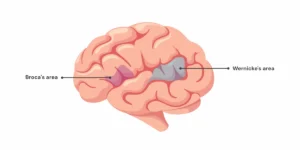
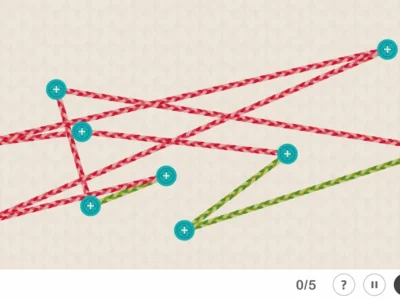
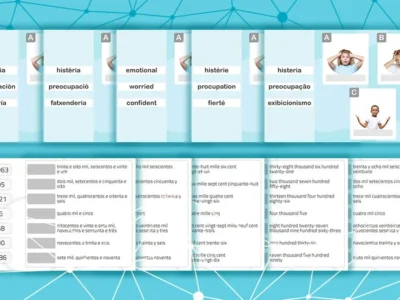
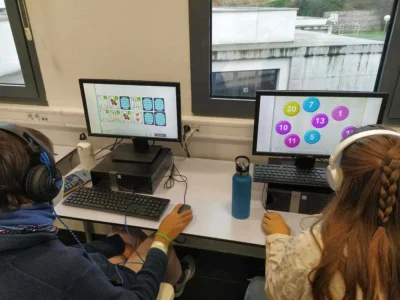


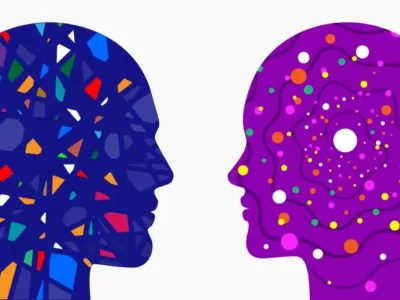
 Raven’s Test: What it is and how to interpret the Raven’s Progressive Matrices test
Raven’s Test: What it is and how to interpret the Raven’s Progressive Matrices test
Leave a Reply